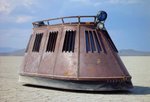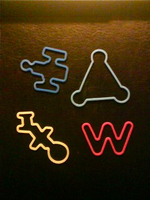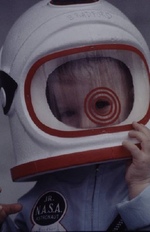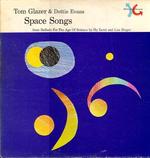DT reader Kristin and a couple of other latch-aware folks caught this report by the Associated Press last week:
It was an extra special moment for Discovery commander Pamela Melroy and station commander Peggy Whitson, the first women to simultaneously manage two spacecraft in the 50-year history of spaceflight. They warmly embraced one another when Melroy floated into the station.There's no word on whether the space shuttle's powerful thrusters were deployed during these arduous grapplings, but since my wife nurtures X-ray spectroscopy data at NASA, I thought I'd take a quick look into the history of latching in space:With Melroy at the helm, Discovery snuggled up to the space station and latched on after performing a giant somersault to give engineers a close look at the ship's belly and make sure it wasn't damaged during liftoff.
Here's an AP report from August 2007:
While Endeavour was 625 feet out, Commander Scott Kelly steered it through a somersault so the three space station residents could photograph the shuttle's belly. The 210-mile-high backflip -- which lasted nine minutes and spanned the entire Atlantic -- has been standard procedure since the Columbia disaster, providing a rare camera view of the shuttle's often-nicked underside.Russians do it on auto pilot [AP, 10/07:Space station astronaut Clay Anderson videotaped the backflip, while his two Russian crewmates snapped digital cameras equipped with high-powered zoom lenses. Nearly 300 digital pictures were beamed back to Earth.
Shortly afterward, Endeavour pulled up to the space station and neatly parked as the two spacecraft soared above the South Pacific. The shuttle will remain at the outpost for at least a week.
The spacecraft docked on schedule automatic pilot [sic], Russian Mission Control spokesman Valery Lyndin said.But maybe the issue isn't the gender of the astronauts at all; maybe AP writer Liz Austin Peterson just likes to snuggle. AP, 08/07:
After Kelly completes Endeavour's backflip Friday, the shuttle will snuggle up to and connect with the space station, while both vessels travel at 17,500 miles (28,162 kph) per hour.




